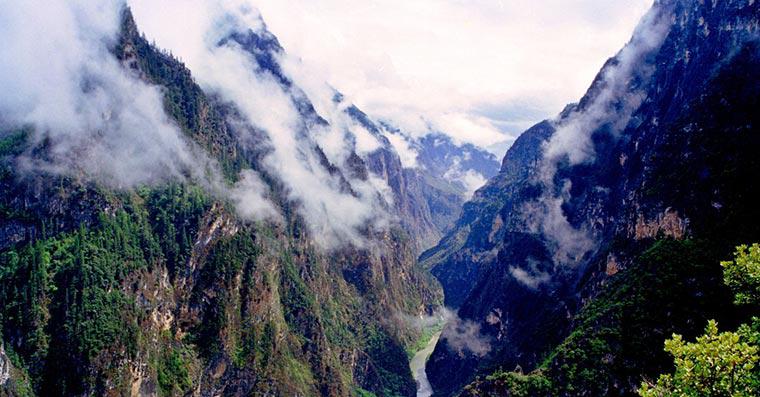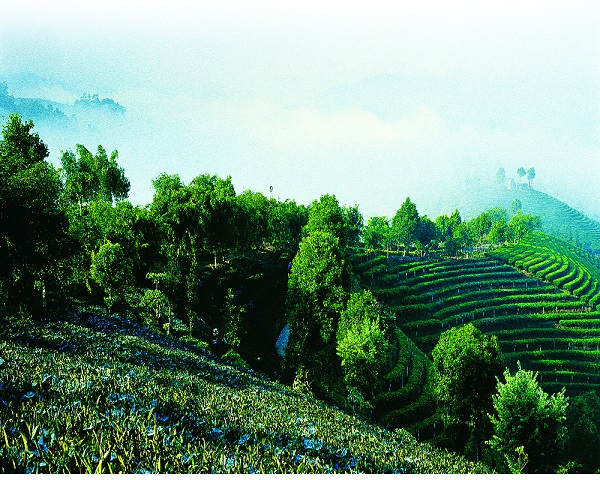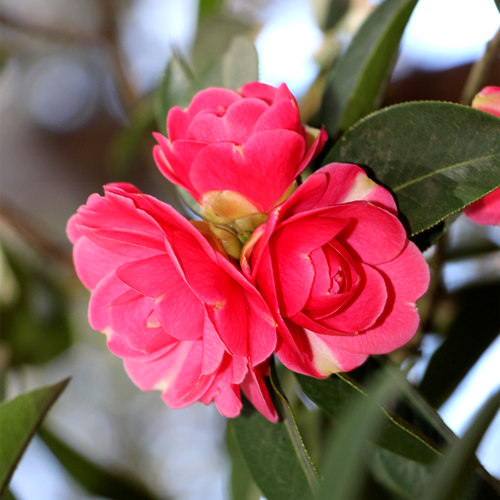
Detailed Introduction to Ruili City of Dehong Prefecture
Overview
Ruili City (瑞丽市) is a county-level city under the administration of Dehong Prefecture, located in the southwestern part of Yunnan Province, right on the China–Myanmar border. It is one of the most important border cities in China, acting as a hub for international trade, cultural exchange, and cross-border cooperation. The city covers an area of about 1,020 square kilometers, with a population of around 150,000, and is home to multiple ethnic groups, including Dai, Jingpo, Han, De’ang, and Achang.
Ruili is renowned for its jewelry and jade trade, its role as a major land gateway to Southeast Asia, and its rich multi-ethnic culture.
Geographic Location
Situated on the western edge of Yunnan Province, Ruili directly borders Muse (Myanmar) across the Ruili River.
It lies approximately 720 kilometers from Kunming, the provincial capital.
Known as the “bridgehead city” of China’s opening up to South and Southeast Asia.
History and Development
Historically part of the ancient Southern Silk Road and a vital route for trade and cultural exchange between China and South Asia.
In modern times, Ruili has become a pioneering city for border trade reform and China–Myanmar cooperation.
The China (Ruili) Key Development and Opening-up Experimental Zone, approved by the State Council, has positioned Ruili as a national-level gateway for international commerce.
Economy
Border Trade: Ruili is one of the largest land ports in Yunnan, with extensive trade activities with Myanmar. Goods include agricultural products, jade, timber, and consumer goods.
Jade and Jewelry Industry: Ruili is often called the “Jade Capital of Asia”, home to bustling jade markets and trading centers.
Cross-border E-commerce: The city is actively developing online trade platforms to expand its economic reach.
Agriculture: Fertile lands support crops such as rice, sugarcane, coffee, tropical fruits, and rubber.
Ethnic Culture
Ruili is a melting pot of ethnic groups including Dai, Jingpo, De’ang, Achang, and Lisu.
Dai Culture: Colorful Dai costumes, bamboo houses, Buddhist temples, and the lively Water-Splashing Festival.
Jingpo Culture: Distinctive wooden drum dances, woven crafts, and the Munao Singing Festival, one of the largest ethnic gatherings in Yunnan.
The city is known for its friendly atmosphere of cultural coexistence, blending traditions from both China and Myanmar.
Tourism Highlights
One-Tree Forest (独树成林)
A tropical landmark where a giant banyan tree spreads over 120 trunks, creating a natural green forest.
Symbol of vitality and unity in Ruili.
Jiegao Border Trade Zone (姐告国门)
A duty-free area showcasing bustling trade between China and Myanmar.
Visitors can experience the unique charm of a border city.
Ruili River and Border Scenery
Picturesque river landscapes marking the natural boundary with Myanmar.
Opportunities for photography and cultural exploration along the border.
Wanding (畹町)
A historic border town with significance in modern Chinese history, once a key gateway for the China–Burma Road during World War II.
Ethnic Villages
Dai bamboo villages and Jingpo traditional settlements, where visitors can immerse themselves in local architecture, cuisine, and cultural performances.
Climate
Ruili has a subtropical monsoon climate with warm temperatures year-round.
Average annual temperature: about 20°C–22°C.
Distinct rainy season (May–October) and dry season (November–April).
The pleasant climate makes it suitable for tourism in all seasons.
Strategic Importance
Ruili is a key node of the Belt and Road Initiative, particularly the China–Myanmar Economic Corridor.
It serves as a gateway for China’s opening-up to South and Southeast Asia.
Plays a crucial role in cross-border trade, logistics, and people-to-people exchanges.
Conclusion
Ruili City is more than just a border town—it is a thriving hub of international commerce, ethnic diversity, and cultural charm. With its rich jade markets, colorful festivals, and unique position as a gateway between China and Myanmar, Ruili stands as one of Yunnan’s most dynamic and distinctive cities.



